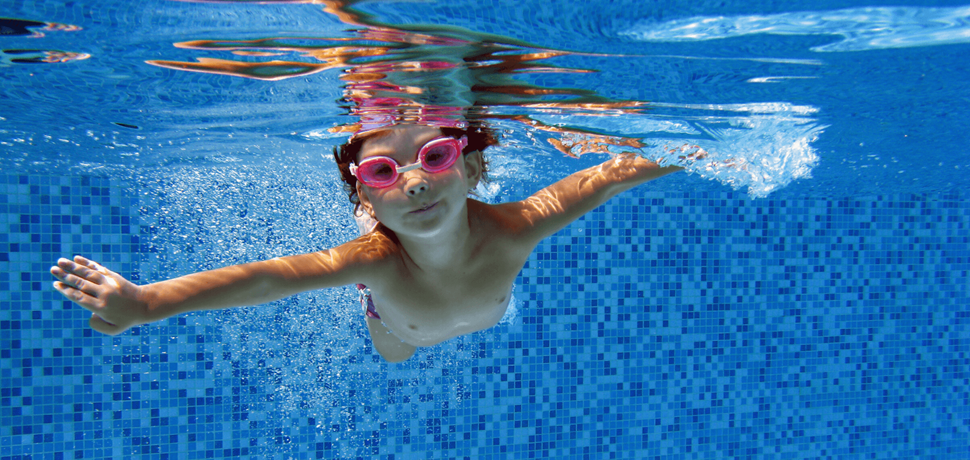Water Safety For Families

According to the Australian Bureau of Statistics drowning is the number one cause of death in children aged between one to three years.
While teaching your child to swim is one of the most important things you can do to ensure they grow up safely around water, these 4 tips can help prevent drowning and injuries.
Supervise Children Around Water
It is important to supervise children around any body of water regardless of their swimming ability as even strong swimmers could get caught in a rip at the beach or incur an injury in the water. It is important to practice active supervision, as even a split-second distraction can have fatal consequences. Children should never be responsible for supervising other children and one adult should not be responsible for supervising a group of children for long periods of time, it’s important to take breaks and share the responsibility with other adults.
Restrict Access
By law, all pools with a depth greater than 300mm need to be fenced. You can also make sure other bodies of water are restricted by keeping bathroom and laundry doors closed and keep spas or inflatable pools covered when not in use. If your child is ever around a body of water (such as beaches or lakes) that cannot be fenced, then the best restriction method is to place a barrier around the child in the form of a playpen or cot.
Teach Water Awareness
Teaching water awareness begins from when a child is born and a good place to start is during a baby’s bath time. From 4 months children can then begin swimming lessons that introduce them to basic skills such as moving in the water and getting their face wet. Children then move on to the Courage program from 3 to 5 years and are eligible for swimming classes once they turn 5. Swimming classes teach children proper water awareness and help them to become confident swimmers.
Learn How To Resuscitate
Friends and family members are almost always the first person on the scene in the event of a drowning and quick action by first responders can make the difference between life and death. It’s for this reason that learning the proper way to administer Cardio Pulmonary Resuscitation (CPR) is an invaluable skill that could save lives. Courses and fact sheets are available through Royal Life Saving Australia, Red Cross and many other providers nationwide.









